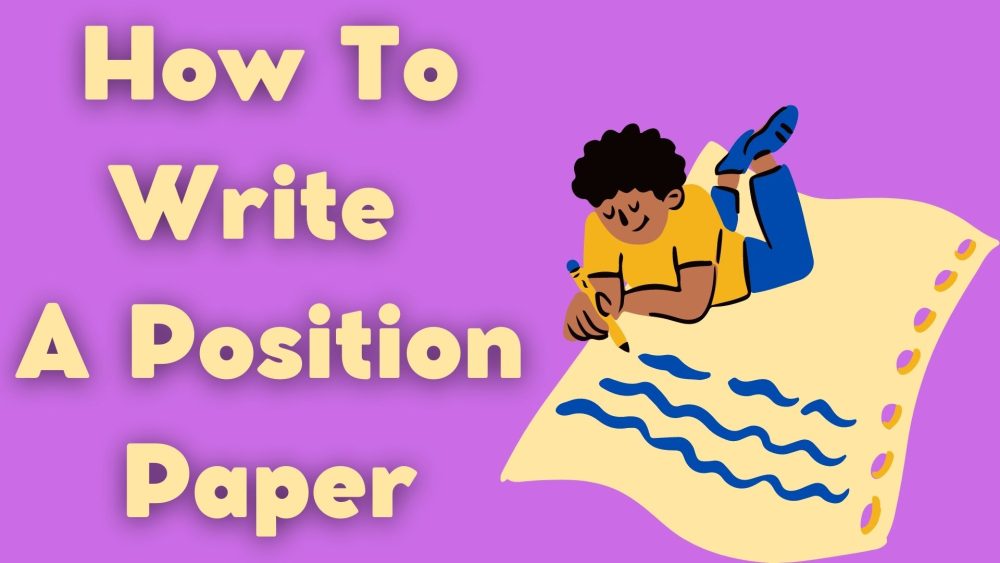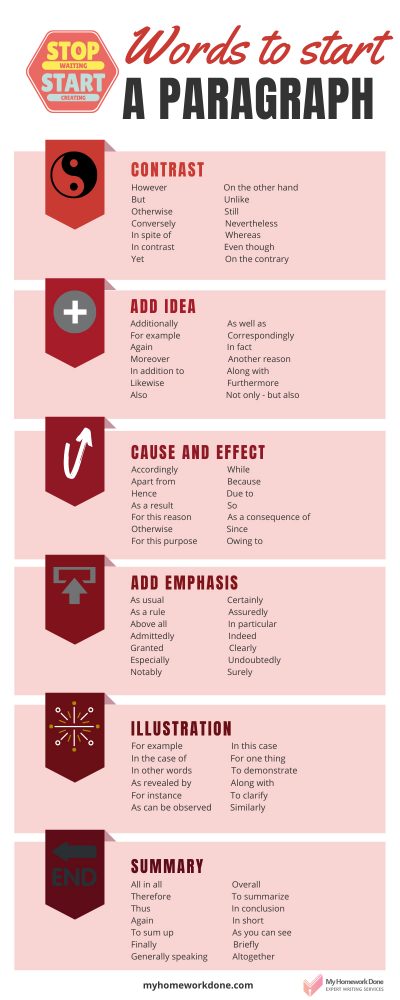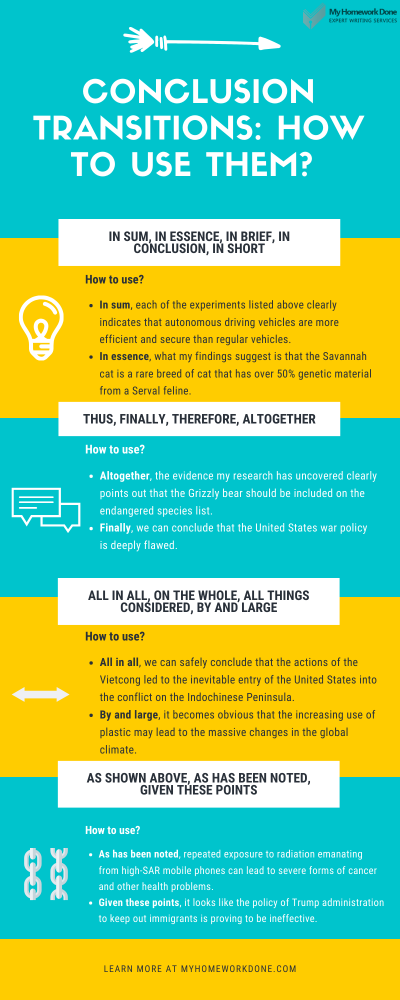
A position paper is similar to a debate where the debater has to choose his stance and defend it in front of an audience to convince them. Also, it’s essential to have a well-founded knowledge of the information and the format of a position paper to fulfill its purpose. In this article, we will be sharing all the essential details and some tips and tricks that you need to know before attempting to write a position paper.
Table of Contents
What is a Position Paper?
What is the purpose of a position paper?
Position paper represents a writer’s opinion or some other person about an issue. Position papers are used in academics, law, politics, and other domains to convince the reader that the ideas presented are worth listening to. The writer’s job is to choose one side of the argument and build up a case favoring your position. Use facts, statistics, opinions, and other forms of evidence to support your claim. Big organizations often use Position papers to publish their company beliefs and recommendations.
A position paper structure varies from the simplest format to the most complex one; you can choose the one that matches your requirement. An example of a position paper can be a letter to the editor that needs a simple position paper template. Another type of position paper is an academic paper and a research position paper, which require a complex position paper format.
To design a well-constructed position paper, you should first collect information related to your position paper and then craft an outline for the argument.
Let’s have a look at the structure of a position paper.
Structure of a Position Paper
It’s vital to follow the structure while writing a position paper to maintain the document’s authenticity. Make sure to follow the structure in the steps mentioned to make an extraordinary position paper.
- Select a topic
A position paper revolves around the topic you stand for and should be supported by research. Hence, make sure to research a few topics and pick the one you feel most confident about. Sometimes a position paper may not reflect your belief as the subject matter should be such that you can best argue. In a position paper, subject matter or the topic is not as important as the writer’s ability to create a strong argument. The issue may be complex or straightforward, but the idea you present should be logical and sound. - Conduct research
Preliminary research is vital to carry out to make sure you have sufficient evidence to support your stance. It’s a bad idea to get attached to a topic that may not have enough statistics backing it. Search various education and government websites to find statics and studies related to your case. If you feel you don’t have enough information to have a strong argument during your research, then choose another topic. This may seem irritating, but it will save you from a lot of frustration. - Challenge your topic
You must know the counterargument and your personal opinion on the topic. Take some time out to outline all the challenges that you might face as you show support for your view. The position paper should also state the counterargument and address it with counter-evidence. During your research, you will find various arguments in favor of the other side of the argument; you should include them in your position paper and clear your position as to why you think they are not sound. - Continue your search for supportive evidence
Once you have analyzed both sides and determined that your position is stronger, you are now ready to start your research. Visit libraries to get the relevant information also make sure to use the valid data. Ensure that the articles you are using are from authentic sources. Try to collect data from various sources and include them with their credibility. For example, if it’s an expert opinion( lawyer, doctor, [professor, etc.), mention it. If it’s a personal experience of a friend or family member, mention it to add an emotional appeal to the argument. The motive of these statements is to support your position in the paper and give depth to your point of view. - Create a position paper outline
After you are done with the research, it’s time to move on to the position paper’s most crucial aspect: drafting an outline. We will discuss in detail each of the steps involved.
If you still consider this whole process as too long and tiring, my paper writers are always ready to help you out with your homework.
How to Write a Position Paper?
A position paper is also known as the position statement paper because it defines both the position for and against the argument. So, if you are wondering how to write a position statement paper, stick around to find out. A position paper will have an introduction, body paragraphs displaying arguments and counterarguments, and a conclusion. A position paper is usually a one-page document; hence introduction, body, and conclusion should be written efficiently to deliver your idea quickly.
- Introduction
Position paper introduction is an integral part of your essay that identifies the issue and declares your paper’s thesis statement. Appealingly start the intro to grab the reader’s attention to want to read more. The introduction should identify the topic of your paper and ends with a thesis statement that defines your stance on the topic. - Body
This represents the core of your essay and consists of at least three paragraphs. Each paragraph will contain the central argument or a position statement to clarify your position on the issue. These paragraphs will include quotes, evidence, facts, and interviews that support the views. This section will also introduce the opposing point and examine it to strengthen your argument. This way, you can illustrate the counterargument, refute the claim and spell out why your stance is valid.There are tones of position paper examples available online; it will be great for your work if you can go through the examples of how to introduce each argument in the paper. Make sure to include at least three ideas in favor of your point of view, with at least two pieces of information supporting them. Moreover, you should add at least one counterargument with one piece of evidence supporting it. Lastly, you should also put in at least one piece of information that refutes the counterargument. - Conclusion
In this part of the position, the paper re-emphasizes your crucial argument. Don’t repeat the ideas or reword the information; instead, stress the importance of your views. You can also suggest solutions for the issue discussed in the position paper.
Tips and Advice on How to Write a Position Paper
Learning the trick to write a good position paper will expand your horizons for different research papers. Position papers offer valuable perspectives to the community; hence it’s beneficial to get the hang of it. We have outlined some fantastic tricks and advice to get you through your journey of writing a position paper successfully.
- Select a topic that has two clear opposing sides that you can include in the paper
- Conduct preliminary research, collect evidence in support for your argument and against your view
- Tailor your tone according to your audience
- Clearly state your stance on the topic
- State and refute all the counterarguments against your view
- Back up your argument using statistics and supporting data
- Use correct citation for all your sources
- You don’t have to add excessive detail; keep it simple!
- Each paragraph in the body of the position paper should discuss a separate idea
- Make sure to get your work proofread for added accuracy

Get Professional Position Paper Help
It would be better if you had a substantial impact on your audience so that they walk away with a clear understanding of your view on the topic. What is essential in writing a position paper is that you write with confidence as your goal is to demonstrate that you are right. However, having a confident tone is not easy; you should have enough data to support your view and have the appropriate skills to convince your reader. This is not an easy task, and you can write a high-quality position paper only with practice. Until you get good at writing a position paper, you can get homework help from online expert writers. We offer fast and cheap writing services customized to help students succeed and achieve top grades. Our services are available 24/7, just send us a message “do my homework for money”. We ensure on-time delivery to our customers. We extend our services to teachers and professors to get some workload off their shoulders.
FAQ
How do you start a position paper?
If you have chosen a topic, research to determine whether you have sufficient evidence to support your perspective of the issue. Then, begin your position paper by briefly introducing the problem, stating its background, relevance, and author’s solution.
What is the format for a position paper?
Such a paper has three parts. The first section is an introduction, presenting the problem under discussion and the author’s stance. Its body should have background information on the topic, evidence supporting the author’s perspective, and arguments about the issue which may address or contradict your position. The third section is the conclusion, suggesting solutions to the problem.
How many paragraphs are in a position paper?
In addition to the introductory and concluding sections, the position paper should have at least a couple of body paragraphs, depending on its length. Begin each of them with topic sentences. Then, use them separately for supportive points and counterarguments.






